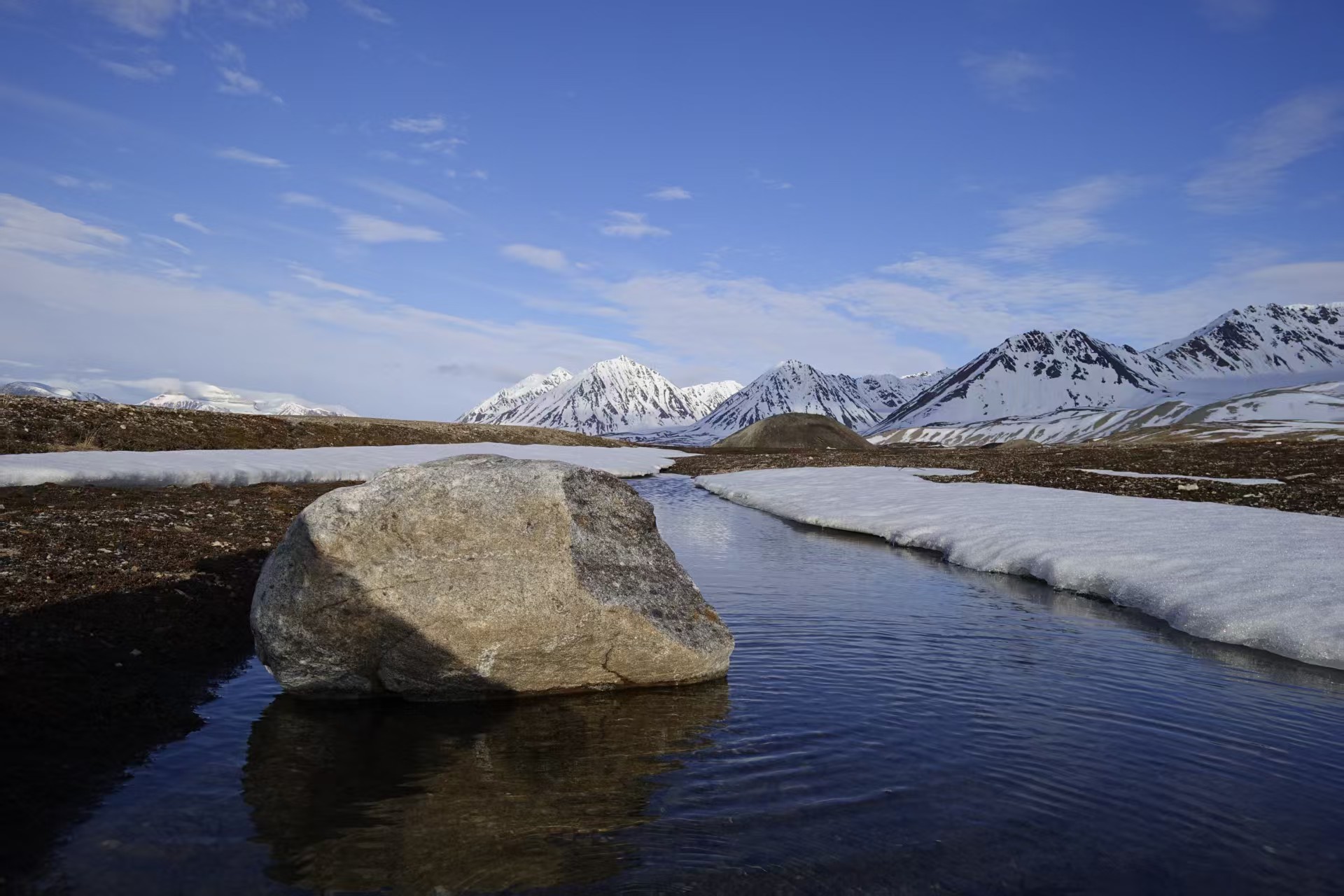Permafrost - ground that remains frozen for at least two years - blankets roughly 17% of the Earth's land surface, mostly in the cold Arctic and alpine regions of the Northern Hemisphere. It also stores an estimated one-third of the world's soil organic carbon.
As rising temperatures cause permafrost to thaw, scientists worry about the potential release of greenhouse gases (GHGs) triggering an irreversible feedback loop that accelerates warming. Until now, it has been unclear whether these ecosystems could continue to act as a net GHG sink in a warmer world.
A new study published Sept. 17 in Science Advances offers key insights. Led by researchers from the Institute of Atmospheric Physics of the Chinese Academy of Sciences, the findings show that warming of about 2°C could actually enhance the GHG sink in Arctic permafrost. However, that gain is largely canceled out by a weakening of the carbon sink in alpine permafrost regions.
Permafrost landscapes vary dramatically, making it challenging to measure their overall response to warming. The team analyzed data from 1,090 sites across the Northern Hemisphere where carbon dioxide (CO2), methane (CH4), and nitrous oxide (N2O) emissions had been measured under experimental warming conditions.
Alpine permafrost ecosystems - found at high altitudes and lower latitudes - naturally have drier soils. Warming further reduces soil moisture, weakening plant photosynthesis and carbon uptake while increasing emissions.
In contrast, Arctic permafrost soils tend to be wetter and support denser vegetation. Warming there increases subsurface water content, boosting CO2 uptake and partially offsetting carbon loss from decomposition. However, it also leads to significantly higher methane emissions from waterlogged soils.
The study also highlighted nitrous oxide's role. Warming increased N2O emissions in both Arctic and alpine regions. Although emissions are small in volume, thawing permafrost releases more nitrogen into the soil, potentially amplifying N2O output. With a global warming potential about 273 times that of CO2 over a century, even slight increases could have significant climate effects.
"Keeping warming below 2°C in permafrost regions could help avoid widespread positive permafrost-climate feedback," said Prof. XU Xiyan, the study's corresponding author. "But urgent measures are needed in alpine permafrost zones to protect their fragile carbon sink."
The Intergovernmental Panel on Climate Change (IPCC) has identified permafrost-climate feedbacks as a major uncertainty in global carbon cycle projections.
"We aim to reveal the patterns and mechanisms of greenhouse gas responses to warming in permafrost ecosystems," said co-author JIA Gensuo, "providing critical data to improve climate models."

A typical Arctic tundra landscape underlain by continuous permafrost. (Image by LI Peng)






